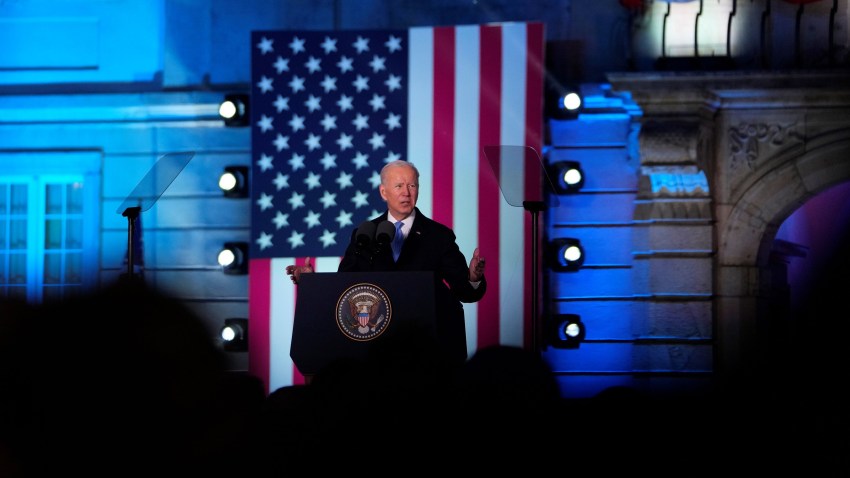Analysts love historical analogies, often using them to try to make sense of contemporary events. Today’s violent and complex world has drawn no shortage of such exercises, with some asking if the current geopolitical landscape is akin to that of the 1910s and its competition between empires, of the 1930s and the rise of aggressive authoritarian regimes, or of the 1950s and the beginning of the Cold War.
In the 1910s, the clash of global empires began with regional conflicts that foreshadowed World War I, in which liberal democracies faced off against authoritarian regimes in a terrible bloodbath. As then-U.S. President Woodrow Wilson put it in 1917, the U.S. entry into the by then 3-year-old war was necessary to “make the world safe for democracy,” as “civilization itself was at stake.”
The 1930s had even more features in common with our own era. The decade saw a succession of aggressions by revanchist countries that refused to accept what they saw as the dominance of the Anglo-Saxon powers. Illegal annexations were justified by false referendums, against a backdrop of economic crisis, rising populism and nationalism. Fascist and totalitarian regimes that could not be considered as justi hostis, or respectable adversaries, consolidated or rose to power.

